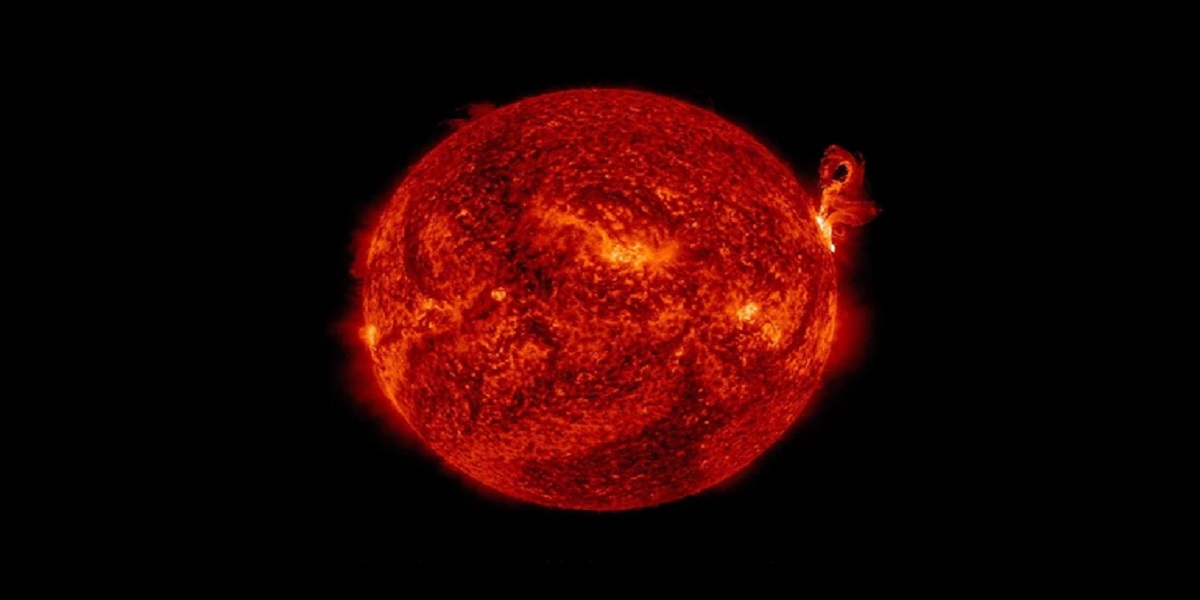A second solar storm in less than a week is forecasted to make a ‘direct hit’ on the Earth’s atmosphere on Thursday.
Date emerging from NASA and the US National Oceanic and Atmospheric Administration (NOAA) anticipates that the huge burst from the Sun will impact the Earth’s magnetic field.
The event is rated a G2 on the NOAA weather scale, which is considered relatively weak, however, it will be intensified by a solar ‘tailwind’ says scientist Tamitha Skov.
The internet could be crippled by a severe solar storm, experts warn.
‘Direct hit – solar storm prediction models from both NOAA and NASA show the storm hits April 14, just ahead of a fast solar wind stream,’ Tamitha posted on Twitter.
She added: ‘This should intensify the storm as the stream will give it a push from behind!’
Solar storms happen when the Sun releases blasts of energy.
The electromagnetic waves travel at millions of miles per hour and interfere with the magnetic field surrounding the Earth, which disrupts radio and satellite communications.

In some cases, problems with power grids and other electrical systems occur.
There is no confirmed cause of these storms.
A G2 solar storm can cause problems with radio and GPS for several minutes.
The highest-rated storm on the scale, a G5, will only happen once or twice in an average eleven-year solar ‘year.’
A storm graded five could cause big problems with power grids and computer communications.

However, it is quite rare for one to actually strike planet Earth.
The Carrington Event was the most dramatic solar storm on the record.
It struck the earth in 1859, just as the telegraph system was opening up the era of fast global communication.
There were reports of operators receiving electric shocks for their equipment, but others said they could still use their equipment even without batteries.

It intensified the Northern Lights and made them so bright that people across the north-eastern US were able to read their newspapers at night.
Another major solar storm was recorded in 1582 which had people across the world convinced it was the end of the world.
‘A great fire appeared in the sky to the north, and lasted three nights,’ Pero Ruiz Soares, a Portuguese author wrote at the time.












